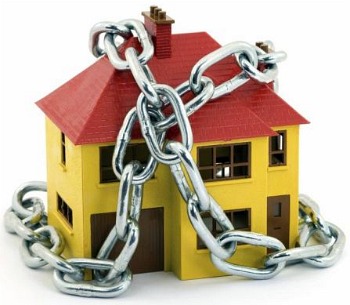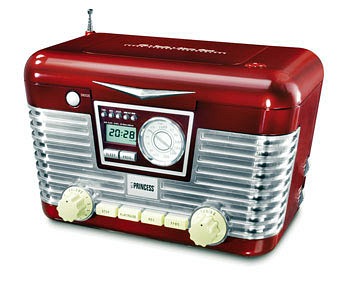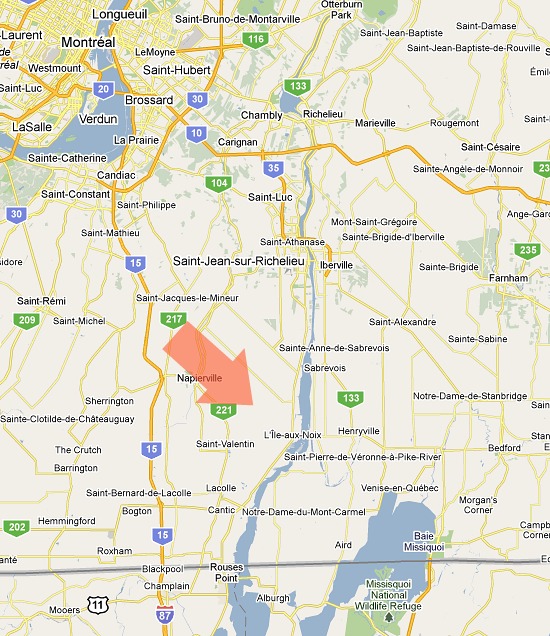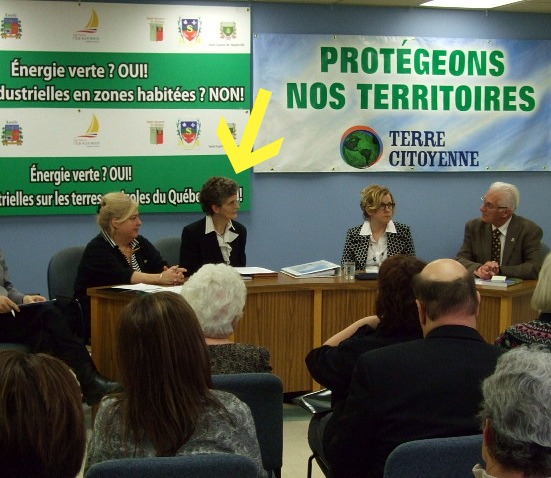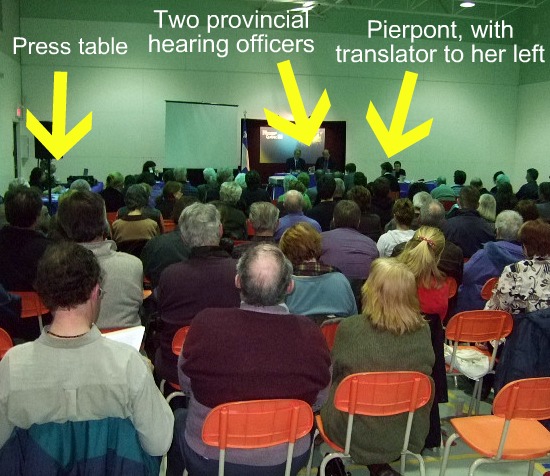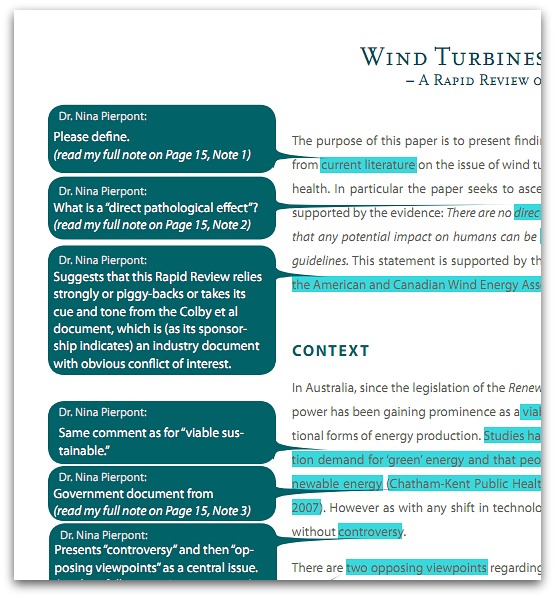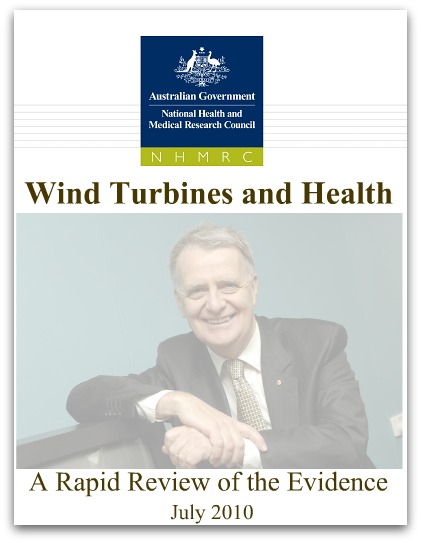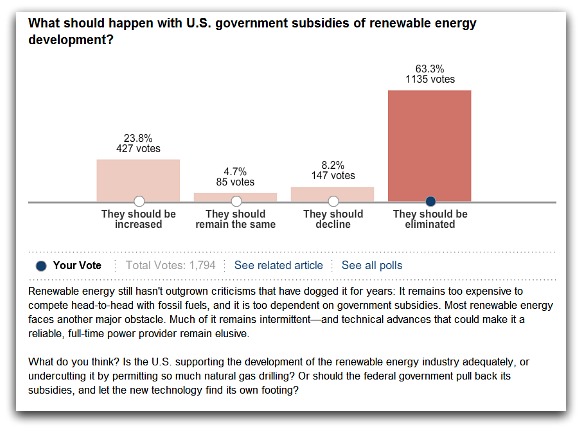Two Acousticians succumb to Wind Turbine Syndrome (MA)
“Now we know personally, viscerally, what people have been telling us!”
From: Robert W. Rand, Rand Acoustics
To: Nina Pierpont, MD, PhD
Date: 4-20-11
Regarding: My experience with WTS

Robert Rand
I just got back from a several-day wind turbine noise survey with my long-time colleague, Steve Ambrose—like me, a Member of the Institute of Noise Control Engineering.
I’m writing to let you know that we both experienced adverse medical effects in the vicinity of the turbine under survey (one industrial wind turbine) under strong wind conditions aloft. Nausea, loss of appetite, vertigo, dizziness, inability to concentrate, an overwhelming desire to get outside, and anxiety.
The distance was approximately 1700 feet, in Falmouth, Massachusetts.
We obtained relief, repeatedly, by going several miles away.
I will be looking very carefully at the data and recordings acquired at this site to correlate with the experience. Short story is—and I reserve the right to revise any comments here as I learn more—it matches the Pedersen & Waye 2004 curve, where the annoyance ramps up quickly above 32 dBA.
That curve hides the real story, however. The A-weighted level doesn’t track the experience at all. I know! Steve and I sat for hours on Monday, comparing what we were feeling and what our meters were displaying. The dBA doesn’t work at all. So we have a complete disconnect between medical impact and regulatory framework.
Don’t count on dBC either.
I think that this impact could be related to how the ear is pumped by the repetitive pressure in a quiet rural background, or indoors. In Hull, Massachusetts, the background is high (Ldn60) and the two industrial turbines there don’t raise appeals to stop the noise, or even any complaints to speak of, at the same or closer distances than I was at this last week.
I hypothesize that if the ear is working at a low background level, different things happen in the auditory and vestibular system than when the ear is working at higher sound levels. (Wish I had more training in neurobiology!)
Many have been affected by wind turbine noise here in Maine and elsewhere, and we have listened to a number tell of their symptoms and problems with wind turbines. We have determined the potential for community noise impact of wind turbines in rural areas and published our findings.
However, the symptoms we experienced on this trip were unexpected for us. We have been surveying other wind turbine sites over the last 15 months and have not experienced these effects. (We each have over thirty years of experience in general and industrial acoustics, and have evaluated just about every kind of noise source—and noise level—imaginable.) I repeat, this is the first time I have experienced these symptoms simply by being near a noise source.
However, I see this as a gift. We are experienced acousticians who work from the neighbor’s perspective. Now we know personally, viscerally, what people have been telling us! We must now include ourselves in the percentage of the population that can experience significant and debilitating adverse health effects from the acoustic energy emitted by wind turbines.
Large industrial wind turbines must be considered seriously as capable of creating an adverse health effect within a certain distance with a dose-response or threshold relationship that varies with the individual.
If you have any questions or would like to talk about what we experienced, please contact me at your convenience.

